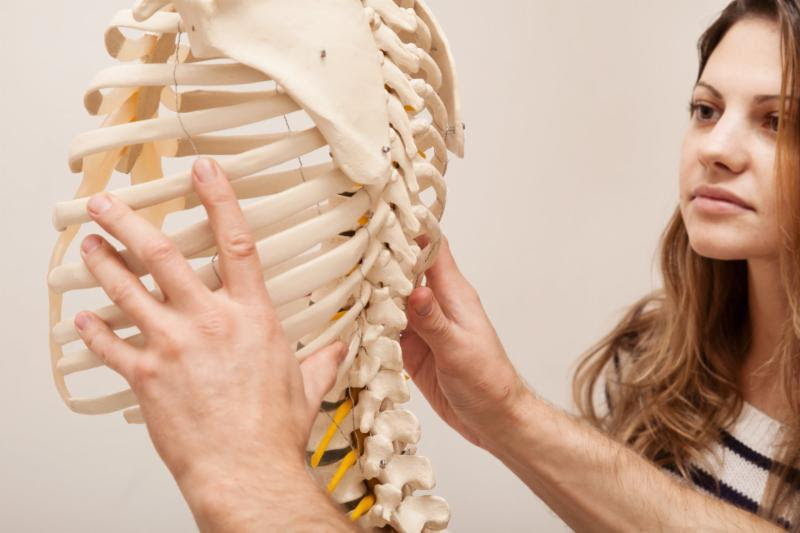
The Benefits of Chiropractic Care for Low Back Pain
Authored By: EmilyAnn Rudzinski D.C.
Associate Chiropractor, Back & Body Chiropractic
Low back pain is a globally pervasive musculoskeletal condition that is irksome, costly, and in many cases disabling. In fact, low back pain is the leading cause of disability in the world. More than $80 billion are directly and indirectly spent on the treatment of low back pain. $7.4 – $28 billion constitute the cost of loss of work, and $26 billion constitute the fees related to medical and non-medical therapies [1].
While low back pain can be debilitating, unpredictable and even scary if you’ve never experienced it before, it’s important to understand most cases of low back pain can be managed conservatively and non-invasively with Chiropractic care.
There are many causes of low back pain including physically demanding jobs, physical and mental comorbidities, smoking and obesity. Factors out of our control, such as socioeconomic status, may also be a causative factor for low back pain.
While numerous treatment options exist for the management of low back pain, literature supports Chiropractic as one of the top cost-effective and efficient treatments for this medical condition. According to a study published by Khodakarami, “Chiropractic care is a more cost-effective alternative compared to physical therapy for the treatment of acute low back pain”[1]. Chiropractic manipulation promotes restored spinal mobility therefore, alleviating pain and muscle tightness while promoting natural healing.
Minimizing recurrence is one of the main goals of Chiropractic treatment and management of low back pain. While over the counter and prescribed medication may relieve pain temporarily, oftentimes they do not actually correct the root of the problem. Interestingly, a study by Wheadon et al. notes “Among patients diagnosed with spinal pain disorders, for recipients of Chiropractic care, the risk of filling a prescription for an opioid analgesic over a six-year period was reduced by half, as compared with non-recipients” [2].
Chiropractic treatment consists of both passive care, rendered by the doctor, and active care, performed by the patient. Both active and passive care are equally important in achieving optimal recovery. Exercise is very important for both minimizing recurrence and improving recovery rates. As reported by Lawrence et al., “Exercise in conjunction with spinal manipulation is likely to speed and improve outcomes and minimize recurrence” [3].
In closing, Chiropractic care is a cost-effective, non-invasive treatment option for the management of low back pain and literature supports the use of spinal manipulation to reduce symptoms and improve function in patients with low back pain in all stages.
References
1. Khodakarami N. Treatment of Patients with Low Back Pain: A Comparison of Physical Therapy and Chiropractic Manipulation. Healthcare (Basel). 2020 Feb 24;8(1):44. doi: 10.3390/healthcare8010044. PMID: 32102417; PMCID: PMC7151187.
2. Whedon JM, Toler AWJ, Kazal LA, Bezdjian S, Goehl JM, Greenstein J. Impact of Chiropractic Care on Use of Prescription Opioids in Patients with Spinal Pain. Pain Med. 2020 Dec 25;21(12):3567-3573. doi: 10.1093/pm/pnaa014. PMID: 32142140.
3. Lawrence DJ, Meeker W, Branson R, Bronfort G, Cates JR, Haas M, Haneline M, Micozzi M, Updyke W, Mootz R, Triano JJ, Hawk C. Chiropractic management of low back pain and low back-related leg complaints: a literature synthesis. J Manipulative Physiol Ther. 2008 Nov-Dec;31(9):659-74. doi: 10.1016/j.jmpt.2008.10.007. PMID: 19028250.

